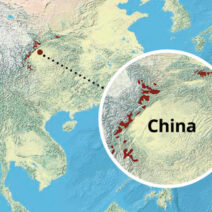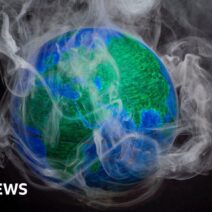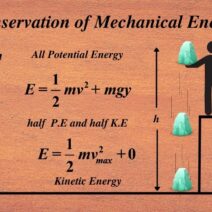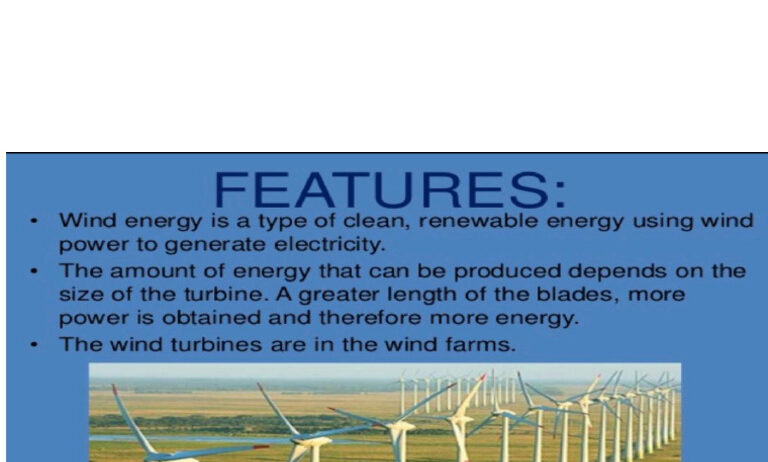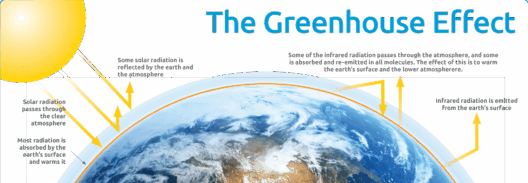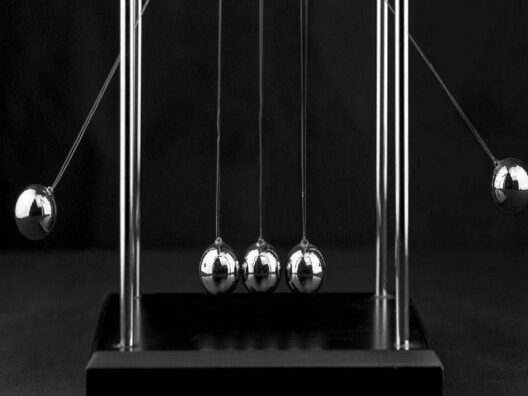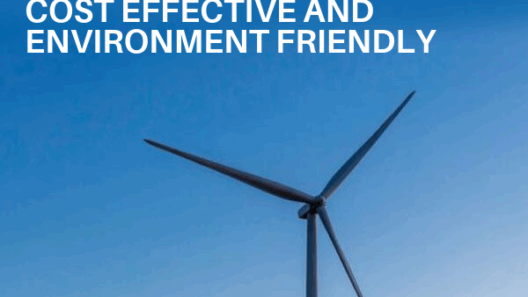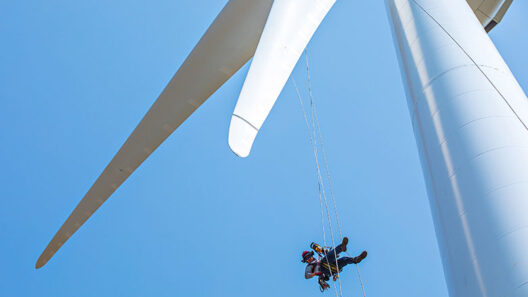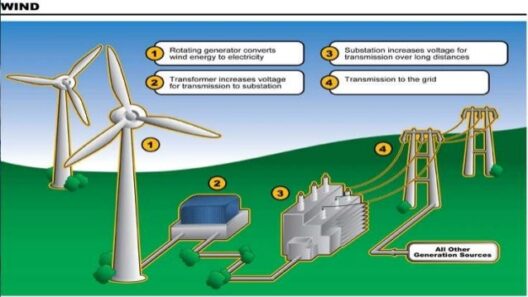Wind energy has emerged as a formidable renewable energy source, offering a sustainable alternative to fossil fuels. It is harnessed through wind turbines, which convert kinetic energy from moving air into electrical energy. Understanding how this conversion occurs involves an exploration of the anatomy of wind turbines, the mechanics of energy conversion, and the broader implications of wind energy in our quest for sustainability.
The significance of wind energy cannot be overstated. In the fight against climate change, wind power contributes to reduced greenhouse gas emissions, thus mitigating the impact of global warming. Furthermore, the deployment of wind energy systems bolsters energy security, provides jobs, and encourages technological innovation. This detailed examination breaks down the intricate process of how wind energy is converted into electricity.
The Anatomy of a Wind Turbine
A wind turbine is a complex machine composed of several essential components that work synergistically. The primary parts include the rotor, blades, gearbox, generator, and tower. Understanding these elements is crucial to grasping the nuances of energy conversion.
The rotor consists of multiple blades that are designed to optimize aerodynamics. When wind passes over these blades, it creates lift, similar to how an airplane wing operates. This lift causes the rotor to spin, converting the wind’s kinetic energy into rotational energy.
The blades are engineered to maximize efficiency. Modern wind turbines typically feature two or three blades that can rotate at various angles to capture the wind’s strength effectively. They are often made from lightweight materials, allowing for optimal performance and durability. The shape and design of the blades play a pivotal role in determining the overall efficiency of the turbine.
Once the rotor is in motion, the kinetic energy it generates is transmitted to the gearbox. This component is crucial as it transforms the low-speed rotational motion of the rotor into high-speed rotation suitable for electricity generation. The gearbox increases the rotational speed, thereby allowing the generator to produce electricity effectively.
At the heart of the wind turbine is the generator, a device that converts mechanical energy into electrical energy. It consists of a rotor that spins within a magnetic field, inducing an electrical current through electromagnetic induction. This process is essential as it forms the basis on which wind energy is transformed into usable electricity.
The tower elevates the turbine to harness the wind’s energy more efficiently. Higher altitudes often experience stronger and more consistent winds, thus enhancing energy output. The tower’s height can vary, but it generally ranges from 80 to 120 meters. This elevation is a critical design consideration, as it directly impacts the turbine’s efficacy in generating power.
The Conversion Mechanics of Wind Energy
The conversion of wind energy into electricity begins with the movement of air caused by temperature fluctuations and the earth’s rotation. Wind turbines are strategically placed in locations with optimal wind conditions, such as coastal areas, open plains, and elevated terrains.
When the wind blows, it exerts a force on the turbine blades, initiating movement. This process is known as aerodynamic drag and lift, where the blade’s shape allows it to capture the maximum energy from the wind. Adjustments in the blade angle help tailor performance to varying wind speeds, thereby preventing damage during excessive winds and optimizing production during calmer periods.
As the rotor spins, the energy is conveyed through the gearbox and into the generator. The generator’s design allows it to produce alternating current (AC) electricity, which is the standard form of electricity used in homes and businesses. Wind farms often employ transformers to convert this AC electricity into a higher voltage for transport across extensive electrical grids.
The output from the generator is then integrated into the electrical grid, supplying power to homes and industries. This integration is facilitated by advanced control systems that manage the flow of electricity and ensure stability within the grid, accommodating fluctuations in demand and ensuring a consistent supply.
The Promise of Wind Energy
Wind energy presents a myriad of environmental advantages. It emits no air pollutants during operation, and the life cycle emissions associated with its manufacturing and installation are significantly lower than those of fossil fuels. As a result, wind energy plays a crucial role in reducing our carbon footprint and promoting cleaner air.
Moreover, wind energy enhances energy independence and security. By investing in domestic wind energy projects, countries can decrease their reliance on imported fuels, fostering local economies and creating sustainable job opportunities. The wind industry has already demonstrated tremendous job growth potential, providing positions in manufacturing, installation, and maintenance.
Additionally, technological advancements continue to bolster the efficiency and efficacy of wind energy systems. Innovations in turbine design, energy storage solutions, and grid management strategies are paving the way for a more robust and sustainable energy future. The transition to wind energy signifies not only a commitment to environmental responsibility but also an essential step toward achieving energy resilience.
In conclusion, the conversion of wind energy into electrical energy epitomizes a complex yet elegant interplay of engineering and nature. Through the sophisticated design of wind turbines and the fundamental principles of physics, we can harness the power of the wind to illuminate our lives sustainably. As the world grapples with the challenges of climate change and energy scarcity, embracing wind energy emerges as a critical imperative, shaping a greener and brighter future for generations to come.
